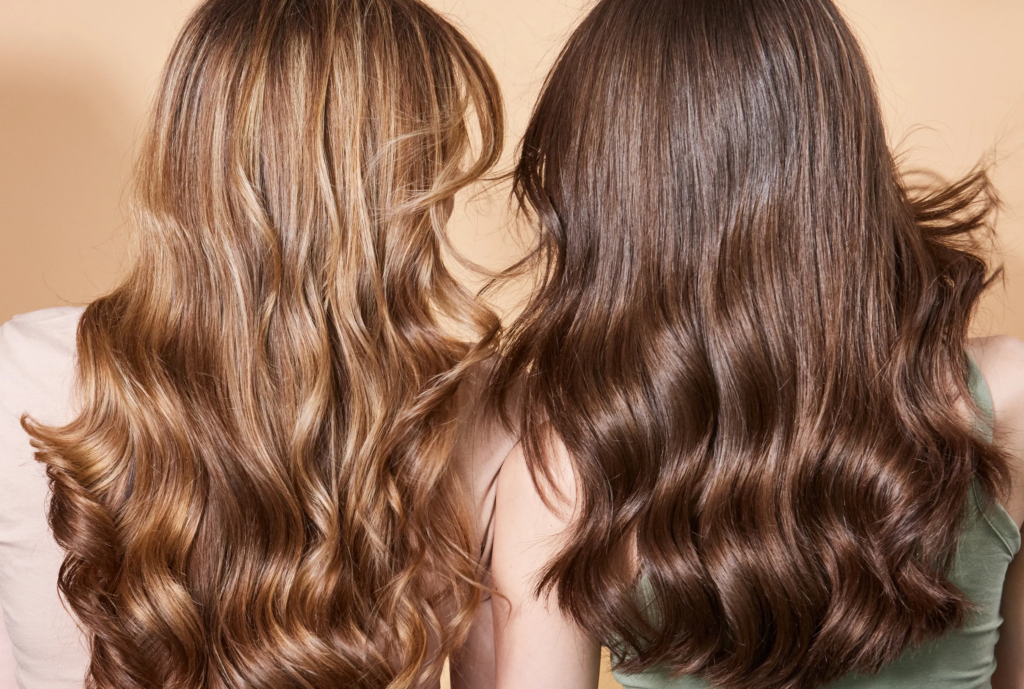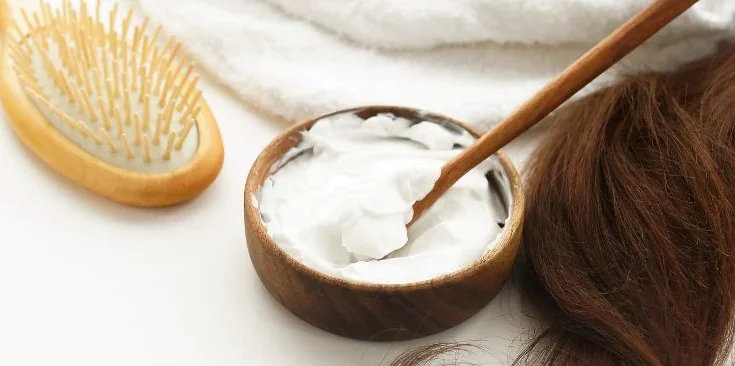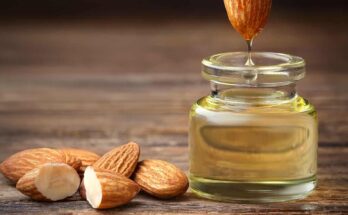In recent years, there’s been a refreshing shift in the beauty industry. More and more people are turning to natural hair colors, avoiding harsh chemicals, and embracing holistic hair care. Whether you’re looking to switch up your shade with a natural hair dye, nourish your scalp with a natural hair growth oil, or maintain length with protective styles for natural hair, the trend is clear: going natural is more than a style—it’s a lifestyle.
Why Go Natural?
Switching to natural products and techniques benefits more than just your appearance. Chemical treatments, harsh dyes, and constant heat styling can weaken hair, causing breakage and thinning. On the other hand, natural alternatives not only support the health of your hair but also celebrate its original texture and beauty.
Discovering Natural Hair Colors
Natural hair colors are derived from plant-based ingredients like henna, indigo, chamomile, and cassia. These ingredients add rich hues without stripping or damaging the hair shaft.
For instance:
- Henna offers vibrant red to auburn tones.
- Indigo can give a deep black or blue-black shade when combined with henna.
- Chamomile is perfect for enhancing blonde highlights naturally.
Using natural hair colors allows you to experiment with different shades while avoiding ammonia, peroxide, and other harmful agents found in synthetic dyes.

Safe & Stunning: Using Natural Hair Dye
The demand for natural hair dye is on the rise. These plant-based formulas are gentler on the scalp, less likely to cause allergic reactions, and environmentally friendly.
Some popular brands offer pre-mixed powders or creams made entirely from botanical ingredients. While these dyes may take longer to develop and might not offer the same dramatic color changes as chemical dyes, they nourish your hair while enhancing color.
When applying natural hair dye, always do a strand test first and follow instructions carefully. Remember, natural dyes work with your current hair color, often deepening or enhancing rather than drastically changing it.

Feed Your Hair: Benefits of Natural Hair Growth Oil
If you’re struggling with thinning, shedding, or a stagnant hair growth cycle, a natural hair growth oil may be just what your routine is missing. These oils are packed with nutrients that stimulate the scalp, strengthen the roots, and support overall hair health.
Top ingredients to look for in a quality natural hair growth oil include:
- Castor oil – Promotes thicker, fuller growth.
- Rosemary essential oil – Known for stimulating follicles and improving circulation.
- Peppermint oil – Adds a cooling effect and encourages growth.
- Jojoba oil – Closely mimics your scalp’s natural sebum for deep hydration.
Massaging a natural hair growth oil into your scalp 2–3 times per week can boost blood flow, relieve dryness, and create the optimal environment for healthy growth.
Protect What You Grow: Protective Styles for Natural Hair
Hair growth takes time and patience, but retention is just as important. That’s where protective styles for natural hair come in. These styles minimize manipulation, reduce breakage, and help preserve length.
Popular protective styles for natural hair include:
- Box braids
- Twists
- Cornrows
- Bantu knots
- Wigs and weaves (with proper care underneath)
These styles give your hair a much-needed break while still maintaining a polished and stylish appearance. To get the most from your protective styling, avoid styles that are too tight, moisturize regularly, and keep your scalp clean.
Remember: not all protective styles are created equal. It’s crucial to choose options that suit your hair type, length, and lifestyle.
Creating a Holistic Routine
Combining the power of natural hair colors, natural hair dye, natural hair growth oil, and protective styles for natural hair can transform not just your hair but your confidence too.
Here’s a simple weekly routine that brings it all together:
- Monday: Massage in your favorite natural hair growth oil before bed.
- Tuesday: Refresh your protective style and hydrate your hair with a mist of rosewater and aloe.
- Wednesday: Touch up with natural hair dye if you’re covering grays or adding tone.
- Thursday: Rest and keep your hair wrapped in silk or satin overnight.
- Friday: Give yourself a scalp massage to boost circulation.
- Saturday: Apply a deep conditioning mask and touch up your natural hair color if needed.
- Sunday: Let your hair breathe, or change to a new protective style for the week ahead.
Final Thoughts
Your natural hair is a reflection of your heritage, your identity, and your self-love. Embracing it with the right care and products, like natural hair dye, nutrient-rich natural hair growth oil, and smart protective styles for natural hair, allows your hair to flourish in its most authentic form.
Whether you’re deepening your shade with natural hair colors or simply letting your texture shine, taking the natural route is a beautiful journey worth every strand.
FAQs
Q1: What are the best natural hair colors for dark hair?
A: Dark hair responds well to natural hair colors like henna for red tones or indigo for deep blacks. Coffee and black tea rinses can also subtly enhance dark shades.
Q2: Is natural hair dye safe for sensitive scalps?
A: Yes! Most natural hair dye options are free from harsh chemicals and are safe for sensitive skin. Always do a patch test to ensure you’re not allergic to any ingredients.
Q3: How often should I use natural hair growth oil?
A: You can use natural hair growth oil 2–3 times a week. Massage it into your scalp and let it sit for at least an hour or overnight before washing.
Q4: Which protective styles for natural hair are good for short hair?
A: Even short hair can benefit from protective styles for natural hair. Options include flat twists, mini braids, finger coils, and cornrows.
Q5: Can I mix natural hair dye colors?
A: Absolutely! Mixing different natural hair colors like henna and indigo allows you to create custom shades ranging from light auburn to jet black.
Q6: Will natural hair growth oil make my scalp greasy?
A: When used correctly, natural hair growth oil should not leave your scalp greasy. Apply sparingly and massage it in to ensure proper absorption.



